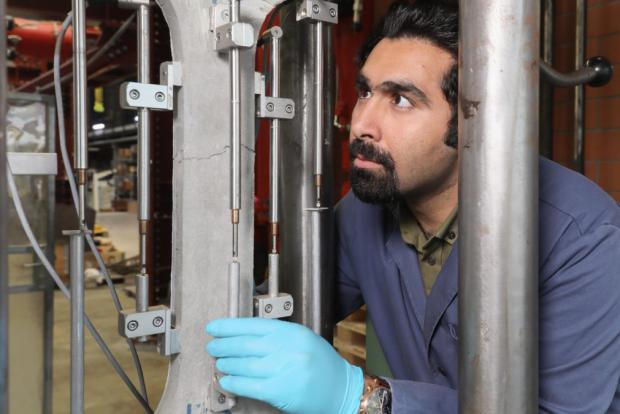
Breaking News
 Operation Mockingbird: The CIA lied to you this whole time
Operation Mockingbird: The CIA lied to you this whole time
 American Academy of Pediatrics threatens PARENTAL RIGHTS with federal mandates...
American Academy of Pediatrics threatens PARENTAL RIGHTS with federal mandates...
 Texas AI data centers drain water supply as residents face drought restrictions and shower limits
Texas AI data centers drain water supply as residents face drought restrictions and shower limits
 SpaceX's Crew-11 astronauts arrive at the International Space Station (video)
SpaceX's Crew-11 astronauts arrive at the International Space Station (video)
Top Tech News
 The mitochondria are more than just the "powerhouse of the cell" – they initiate immune...
The mitochondria are more than just the "powerhouse of the cell" – they initiate immune...
 Historic Aviation Engine Advance to Unlock Hypersonic Mach 10 Planes
Historic Aviation Engine Advance to Unlock Hypersonic Mach 10 Planes
 OpenAI CEO Sam Altman Pitches Eyeball-Scanning World ID to Bankers
OpenAI CEO Sam Altman Pitches Eyeball-Scanning World ID to Bankers
 New 3D-printed titanium alloy is stronger and cheaper than ever before
New 3D-printed titanium alloy is stronger and cheaper than ever before
 What is Unitree's new $6,000 humanoid robot good for?
What is Unitree's new $6,000 humanoid robot good for?
 "No CGI, No AI, Pure Engineering": Watch Raw Footage Of 'Star Wars'-Style Speeder
"No CGI, No AI, Pure Engineering": Watch Raw Footage Of 'Star Wars'-Style Speeder
 NASA's X-59 'quiet' supersonic jet rolls out for its 1st test drive (video)
NASA's X-59 'quiet' supersonic jet rolls out for its 1st test drive (video)
 Hypersonic SABRE engine reignited in Invictus Mach 5 spaceplane
Hypersonic SABRE engine reignited in Invictus Mach 5 spaceplane
 "World's most power dense" electric motor obliterates the field
"World's most power dense" electric motor obliterates the field
 The Wearables Trap: How the Government Plans to Monitor, Score, and Control You
The Wearables Trap: How the Government Plans to Monitor, Score, and Control You
Next-gen reinforced concrete is said to be lighter and more eco-friendly

Now, scientists are claiming that a new type of fiber-reinforced concrete could soon serve as a lighter and greener alternative.
The experimental building material was developed by Amir Hajiesmaeili, a PhD student working in the Structural Maintenance and Safety Laboratory of Switzerland's EPFL research institute.
In place of the usual steel fibers, it incorporates fibers made of a very stiff type of polyethylene. These not only provide the same amount of structural support as steel fibers, but they also adhere very well to the cement. As a result, approximately half as much cement is required, with readily-available limestone making up the difference.
This is quite noteworthy, as the production of traditional Portland cement is a major source of greenhouse gas emissions. In fact, Hajiesmaeili claims that the manufacturing of his ultra high-performance fiber-reinforced concrete (UHPFRC) releases 60 to 70 percent less CO2 than that of regular steel-fiber equivalents. And as an added bonus, the material is also reportedly 10 percent lighter.



